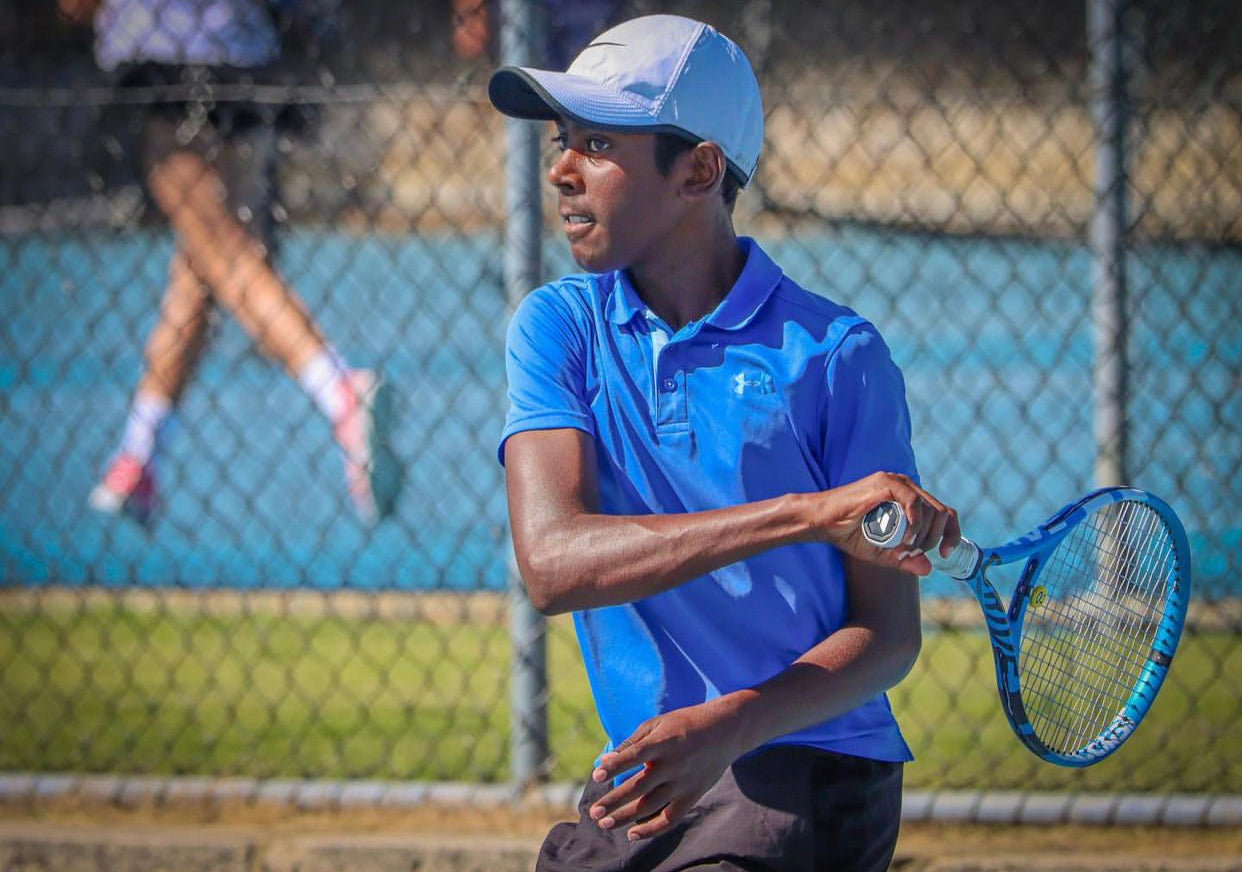
Young Athletes, Growing Pain & Resistance Training: What Do We Do?
Growth plate issues in young growing kids and athletes such as Osgood-Schlatters and Severs can be incredibly frustrating and restrictive. Sore knees, shins and heels regularly present themselves in kids from ages 9-15, and can often lead to extended periods of time spent away from sport.
During periods of rapid growth, there is a delay between bone growth and muscle/tendon lengthening. This is why growing kids often have very tight muscles – the muscles can’t keep up with the rapidly lengthening bones.

Tight muscles means that the connecting tendons are stretched to their max, and often can pull on the bones they are connected too. This repetitive strain and poor healing results in inflammation through the tendon-bone junction and associated growth plates, in turn causing pain and weakness.
While these conditions can be frustrating and often take a while to fully recover, appropriate management will ensure young athletes can to return to their sport as soon as possible…

Load management
Like any tendon issue, recovery from growth plate conditions relies on appropriate load management. In severe cases kids may need to fully rest from their sport, but often they can continue playing with a modified load. It is important to prioritise the most important sporting
activities while they progress back to a full training load. For example, club training can be prioritised over school sport. This comes from conversations between coaches, physiotherapists, parents and S&C's.Alongside an appropriate rehab program, gradually progressing load will ensure the tendon is stronger than ever. Day-to-day load management is also an important consideration. Tendons need time to rest and recover, so it is better to do one day of high loading activities (e.g. gym and training on the same day) and then the next day have much lighter loading to allow the tendon to recover. This also gives you the opportunity to monitor how the tendon is responding to the load.
Rehab
Building strength and length through the affected muscles and tendons is paramount to an effective recovery. However, it is important to be mindful of the positions you are putting your joints and muscles in.
While you want to build as much strength as possible, you want to avoid doing this in an excessively stretched position. For example, doing a calf raise off a step requires the calf muscle to contract at full stretch, creating friction over the tendon insertion and potentially causing more inflammation and pain.
Stick to mid-range strength exercises to begin with, and gradually progress to outer range positions as the tendon recovers. The same principles apply to stretching and mobility. Stretching increases muscle length, which reduces tension through the tendon and resultant inflammation.
However it’s important to avoid putting the tendon into a fully stretched position and find ways to increase muscle length without getting into aggravating positions. Eccentric training can be a great way of doing this, and also mobility work to build control and body awareness.
Written by Jess Bell